How to supply the demand for trees
-
Country
Uganda -
Region
Africa -
Programme
BGCI's Tree Conservation Programme -
Workstream
Saving Plants -
Topic
Tree Conservation -
Type
Blog -
Source
BGCI
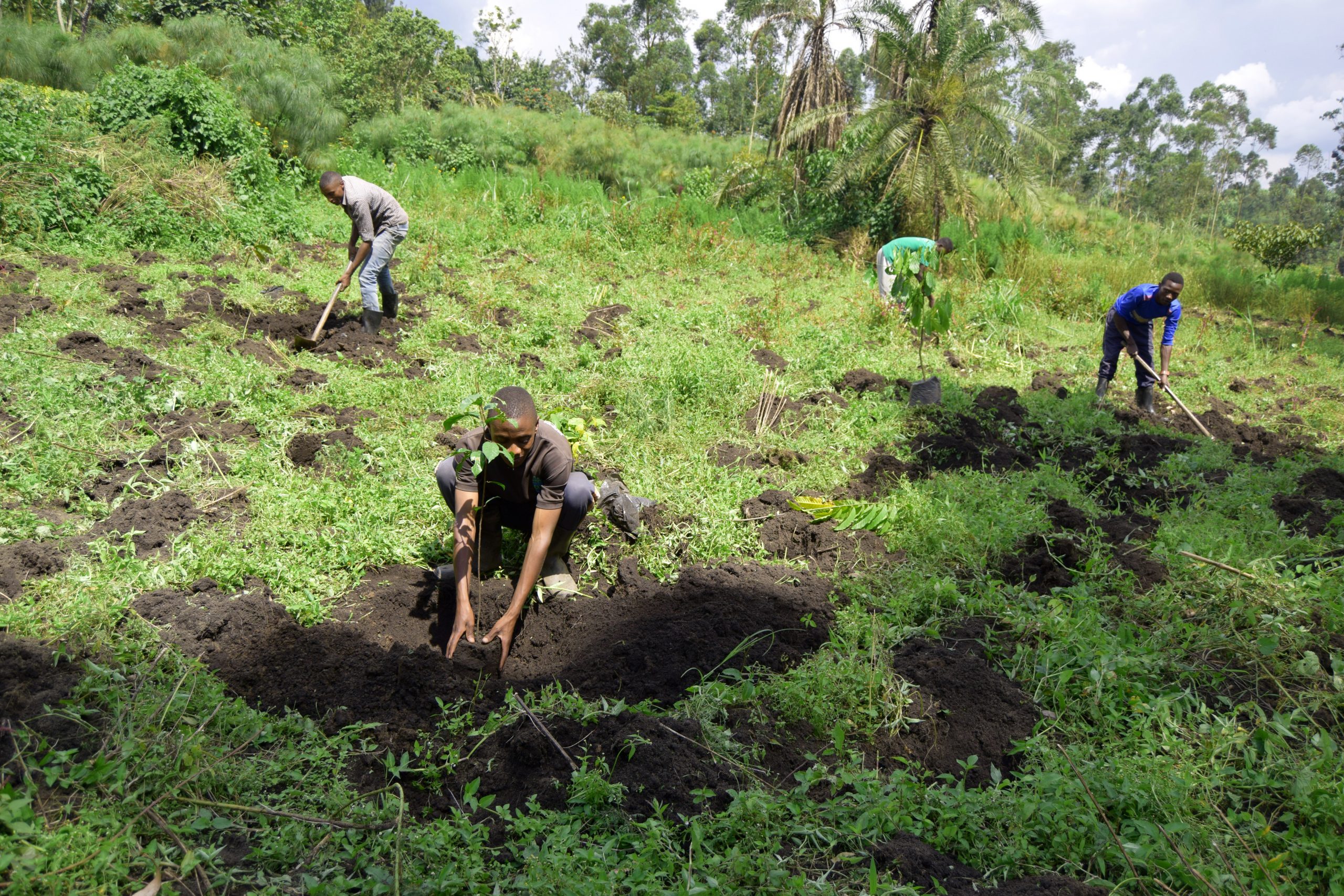
When I read about the Bonn Challenge, I was excited by the scale of what it sets out to achieve – to restore 350 million hectares of degraded land by 2030 – AND by the way it seeks to do it – to restore landscapes’ ecological functionality and the well-being benefits they provide to local people. This allows room for a mosaic of uses across the landscape based on what is locally important and achievable, whether its agroforestry, planting trees along rivers to improve water management, forest protection, managed plantations or improved agriculture.
It is also impressive to see how many countries have committed to it, with 74 commitments made so far, 31 of these in Africa. Uganda is one of these, and it is under this backdrop that in 2018 we launched a new project with Tooro Botanical Garden, IUCN and The Ministry of Water and Environment in a Darwin Initiative funded project.
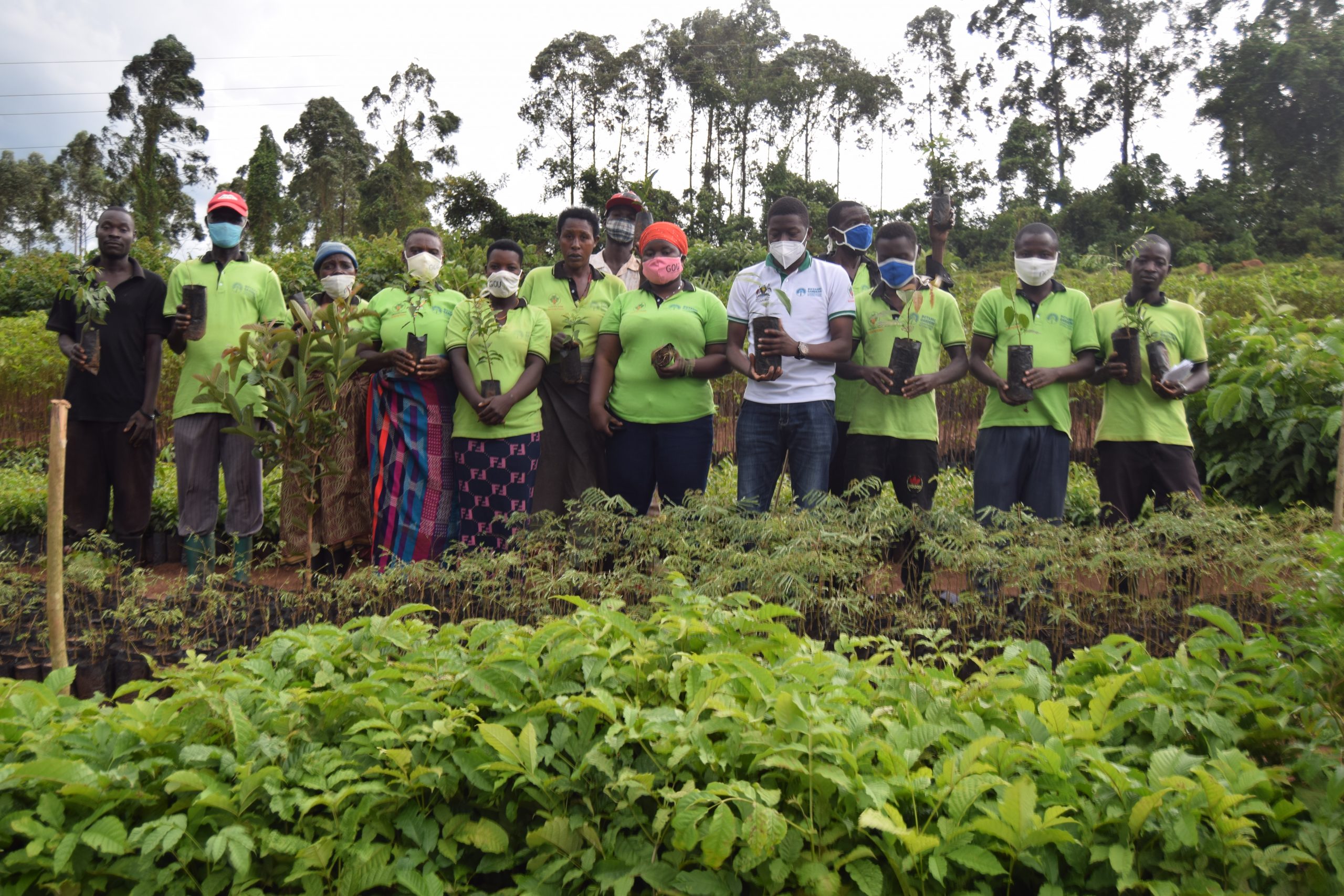
Which trees to plant?
From a conservation perspective, one issue with recent initiatives to plant trees is that often, non-native trees are planted all over the world. Economics helps drive this, with exotic fast growing species chosen because they are seen to absorb large quantities of carbon and/or have been used in forestry since the colonial era. Native species and associated biodiversity lose out. But that’s not the whole story, because it is often true that knowledge on how to propagate native seedlings and their stocks does not exist at the scale needed to plant millions of hectares of land.
In Uganda, Tooro Botanical Garden (TBG), offers an alternative way forward. Over the past 20 years they have developed the expertise to propagate and plant indigenous species. This is evident when you walk round the impressive gardens, which were once degraded farmland but now are a regenerating forest with 116 tree species on 100 acres that provide habitat for other wildlife, including 113 species of birds. However, that is not all; the trees are also a source of wild fruits and medicines that local people come to the garden to harvest, such as the African breadfruit (Treculia africana) and African Cherry (Prunus africana).
Expanding native species restoration
TBG is a relatively small garden though, so working alone they would be unable to supply seedlings across the country for larger restoration programmes, and the species they propagate are linked to the local environmental context. So, together, we set about spreading TBG’s knowledge and skills to other parts of Uganda that the Ministry of Water and Environment and IUCN have highlighted as a high priority areas for restoration. In four of these areas, TBG has supported local communities to establish new nurseries, to sustainably collect seeds of tree species from local forests and to propagate over 200,000 seedlings of more than 100 tree species. This includes seven that are globally threatened (e.g. Milicia excelsa – draft assessment -, Entandrophragma angolense, Prunus africana, Khaya anthotheca, Afzelia africana, Turraeanthus africana and Khaya grandifoliola) and a further 11 threatened in Uganda.
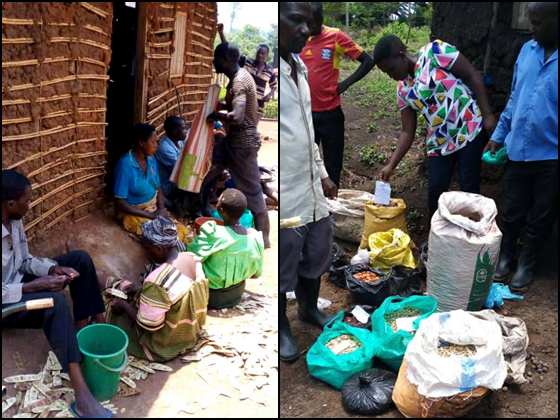
The 100 community members from Ibanda, Lwamunda, Kagadi and Mbale involved in this project all enthusiastically work to help their seedlings survive and become healthy enough to be sold for planting. BGCI, TBG, IUCN and the Ministry of Water and Environment have been working to promote these nurseries and native species among restoration practitioners, government departments, schools and businesses. This aims to teach a wider population about the importance of native species to nature and people whilst also building markets for the seedlings so that the nurseries can continue to operate beyond the project.
Coronavirus affecting a positive project
Nevertheless, COVID-19 has had its impact this year. Despite 200,000 healthy seedlings ready to be used and various purchasers keen to use them, the first major sales period was in April and May 2020, just as lockdowns and restrictions kicked in. This sadly meant that operations had to be scaled back with sales put on hold reducing initial valuable incomes.
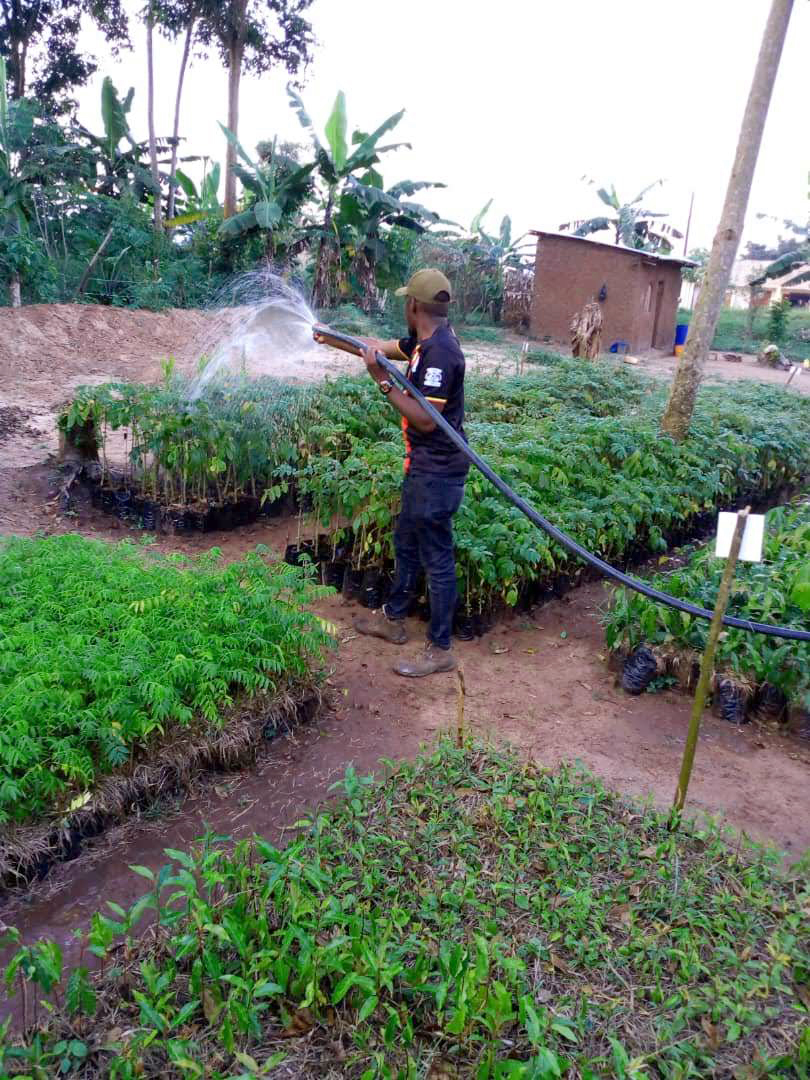
The nursery staff have remained strongly committed to their seedlings though, continuing their work whilst observing distancing measures, working in smaller groups and putting additional hand-washing stations in place. TBG has nourished this dedication with on-going help and expertise. This keenness will keep the seedlings in a top state ready for when things start to improve, and our hope is that the sales will pick up providing incomes for nursery groups and restoring biodiverse forests into the future.
BGCI has also helped to raise funds to plant some of the seedlings at restoration sites close to the nurseries, to demonstrate what is possible.
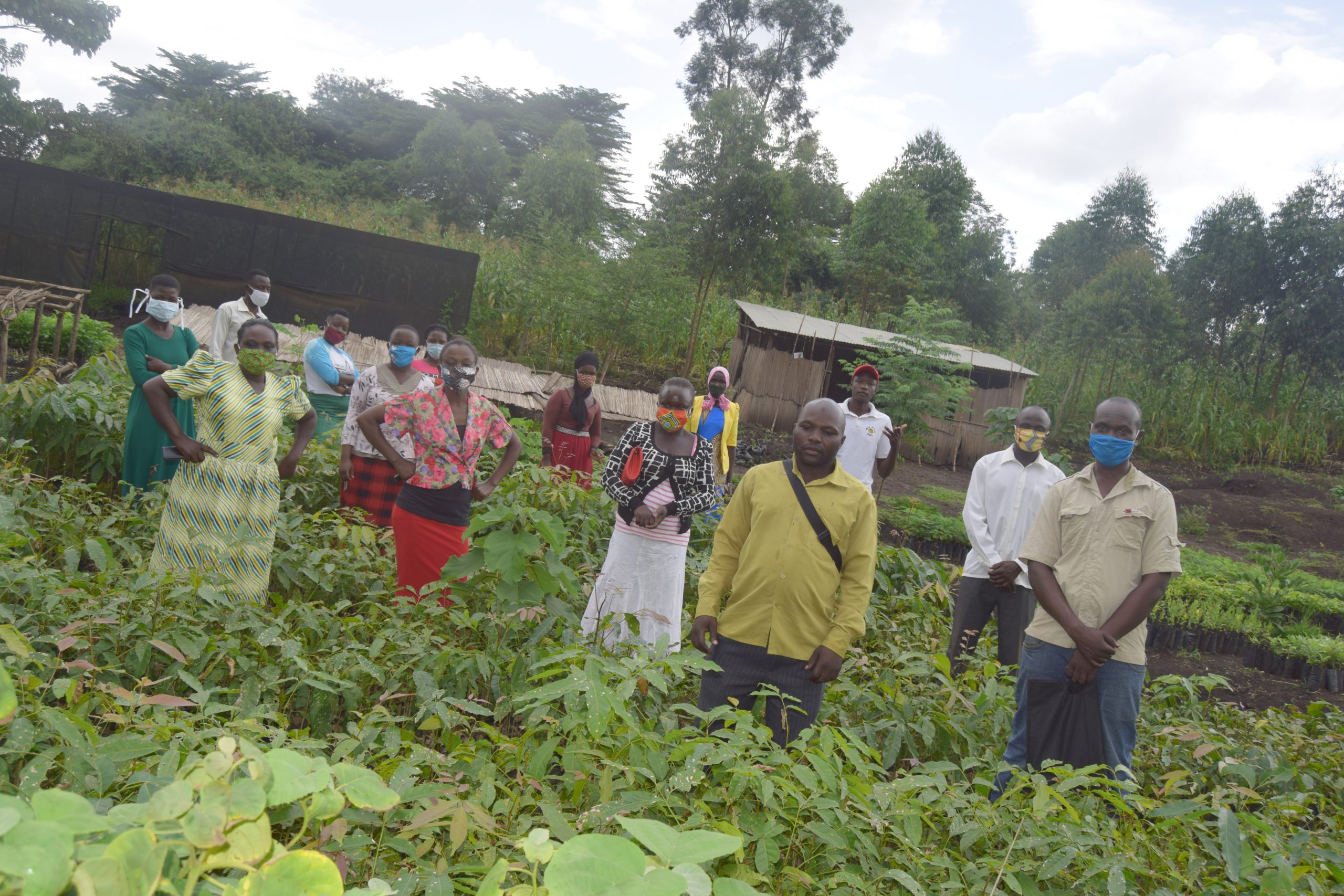
Written by Alex Hudson for GTC. Alex is managing plant conservation projects in Africa (Malawi and Uganda) and the Indian oceans (Mauritius and Rodrigues). He is interested in ethnobotany and the interactions between conservation and development at the local level.
Become a Member
Be part of the largest network of botanic gardens and plant conservation experts in the world by joining BGCI today!
Support BGCI
You can support our plant conservation efforts by sponsoring membership for small botanic gardens, contributing to the Global Botanic Garden Fund, and more!